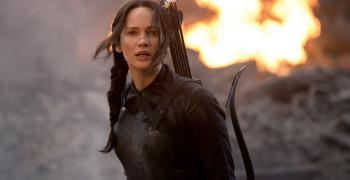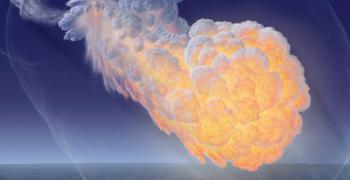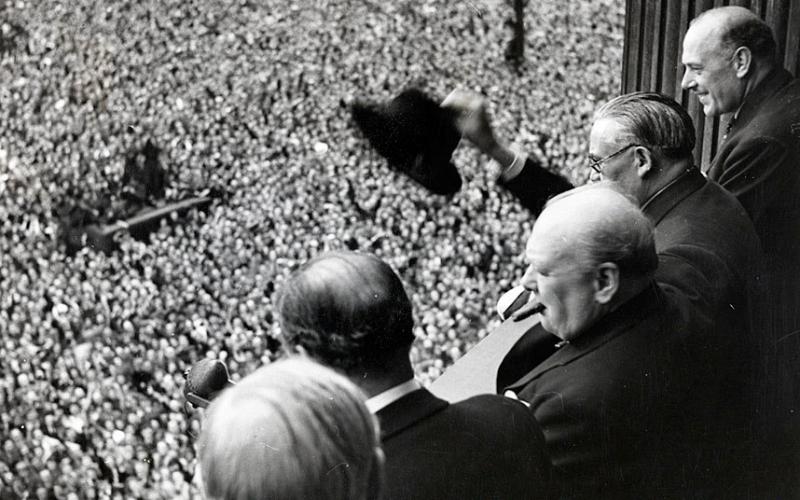
Winston Churchill and members of his cabinet greet the triumphant crowds at VE Day. Churchill became a symbol of the resistance against Nazi Germany with his inspiring speeches and unconditional will to keep fighting on, even when the odds looked the grimmest.
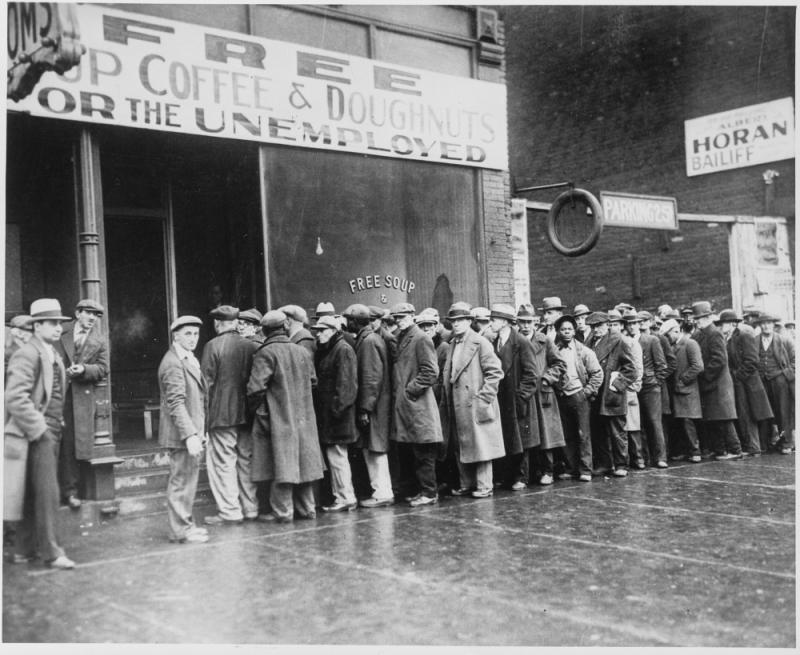
The face of the Great Depression – a line of unemployed men in front of a free-soup shop in Chicago, 1931. It was the worst and longest economic crisis of the century. It originated in the United States where the unemployment rate rose to 25%.
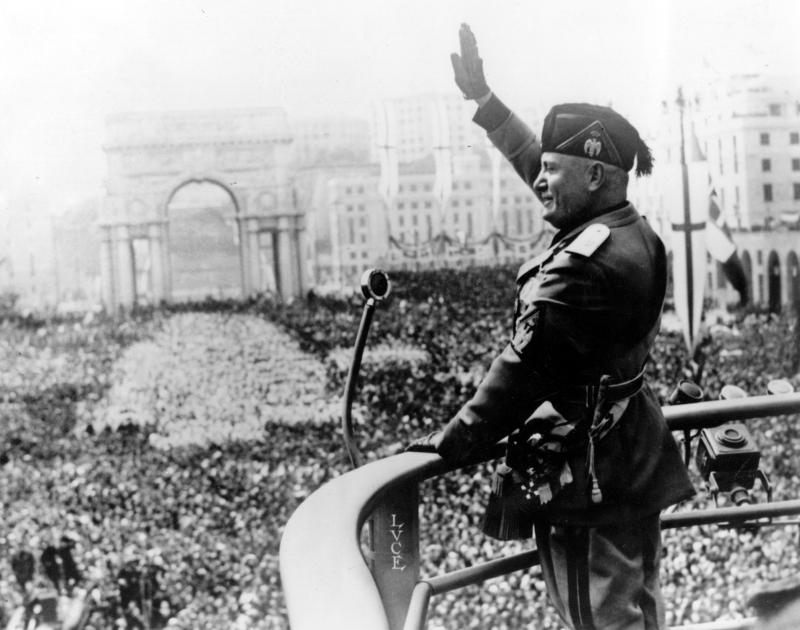
The rise of evil. Benito Mussolini was the first of a new wave of totalitarian leaders in Western Europe, praying on the social anxiety and disappointment with liberal democracy after World War I. His fascist ideology would soon find its answer in Spain and Germany and spark the fire of another world war.
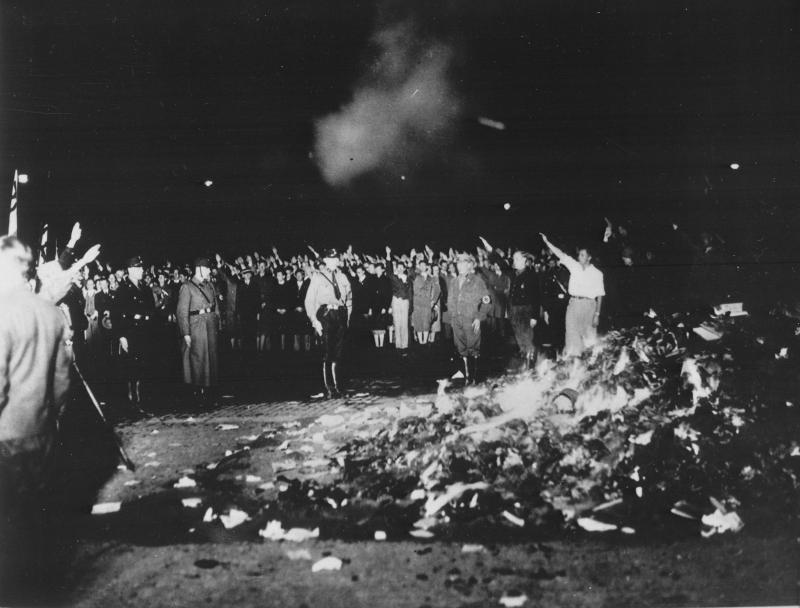
Book burning in Berlin, Germany. Soon after Hitler came to power, book burnings became a regular ritual in Germany, showing the moral and intelectual impotence of the regime. Among the list of targeted authors we can find names like Thomas Mann and Marcel Proust.
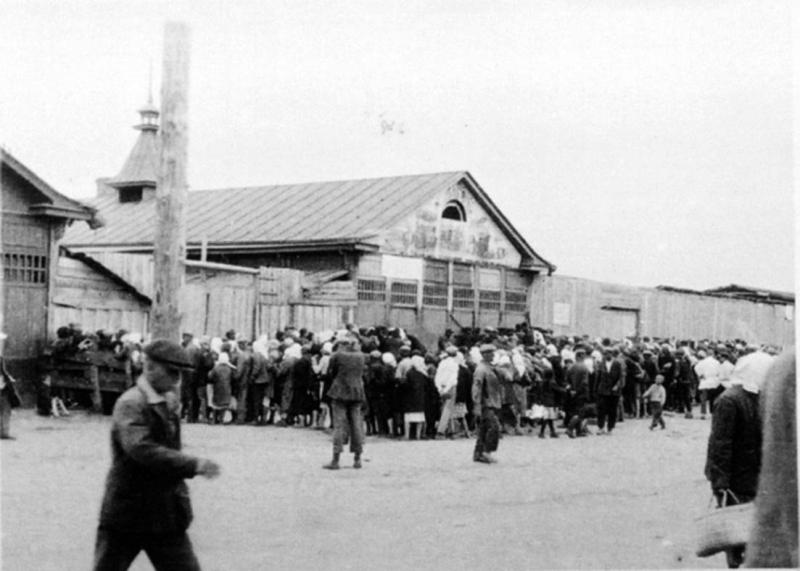
“Bread for gold” – The Great Famine in Ukraine. A picture of Ukrainians trying to get rations in Kharkiv. The criminal policy of the Soviet regime lead to a tragical shortage of food of any kind – it is believed that up to 5 million people died from starvation during 1932-1933. It is one of the first cases of genocide performed by the people's own government.
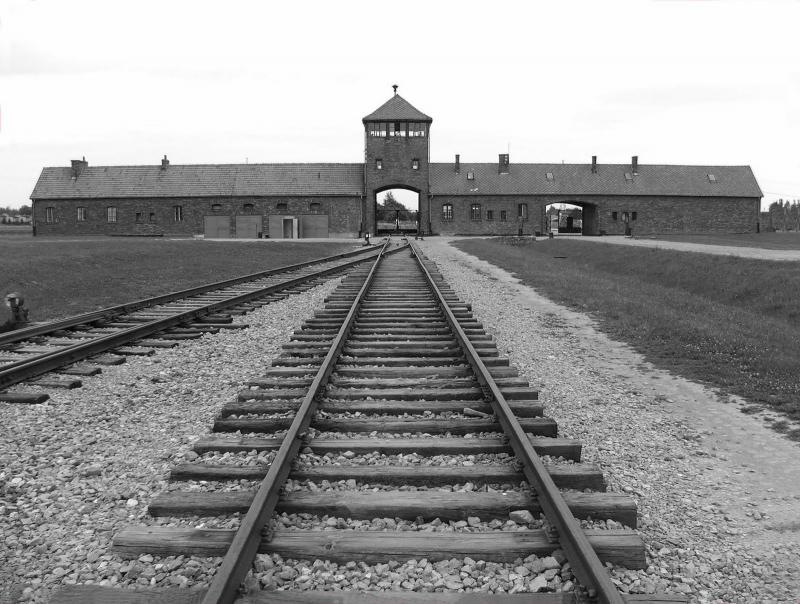
Hell on Earth. The haunting railroad leading to the main entrance of the Auschwitz-Birkenau concentration camp in Poland. The site of arguably the greatest crime against humanity, Auschwitz is the symbol of the Holocaust – at least 900 000 people died in the concentration camp from early 1942 to late 1944.
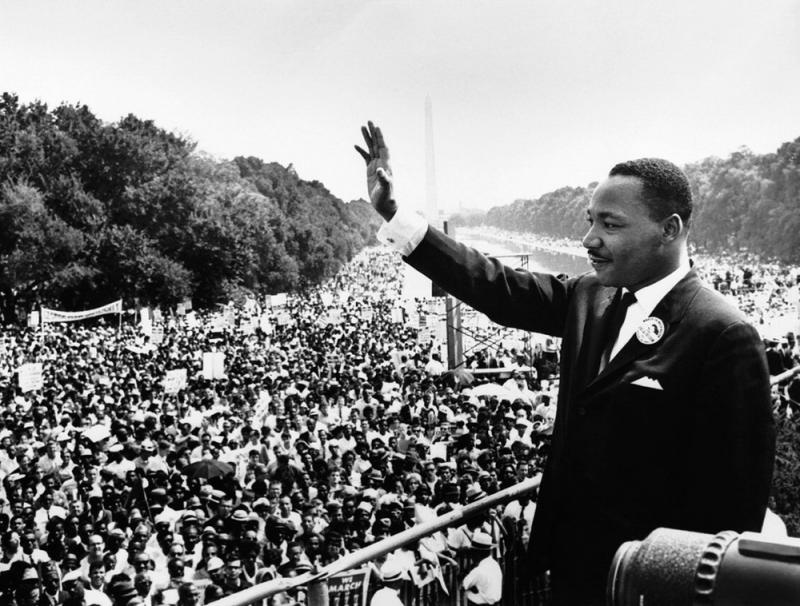
I have a dream! Dr. Martin Luther King Jr. during his iconic speech at the Lincoln Memorial, Washington in front of no less than 200, 000 people. It was a turning moment for the civil-rights movement – America could no longer deny its racial problem and had to deal with it quickly and efficiently.
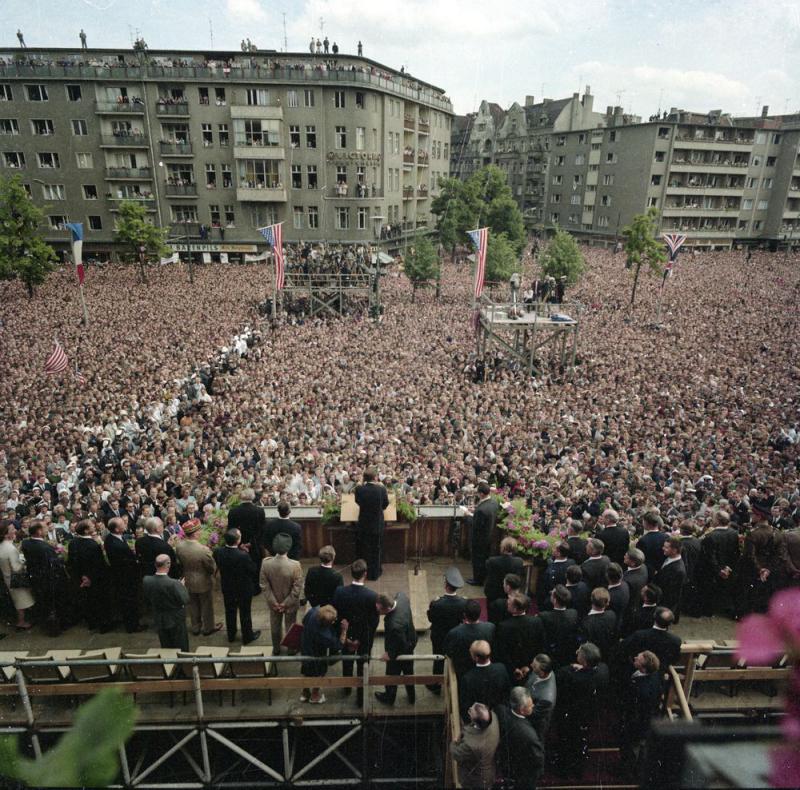
Ich bin ein Berliner. In the height of the Cold War, less than two years after the Berlin Wall was erected, president John Kennedy gave his triumphant speech in the German capital on June 26, 1963 in front of 450, 000 people, denouncing fear, opression and totalitarism. It was a sign of moral obligation that USA would not leave Europe alone.
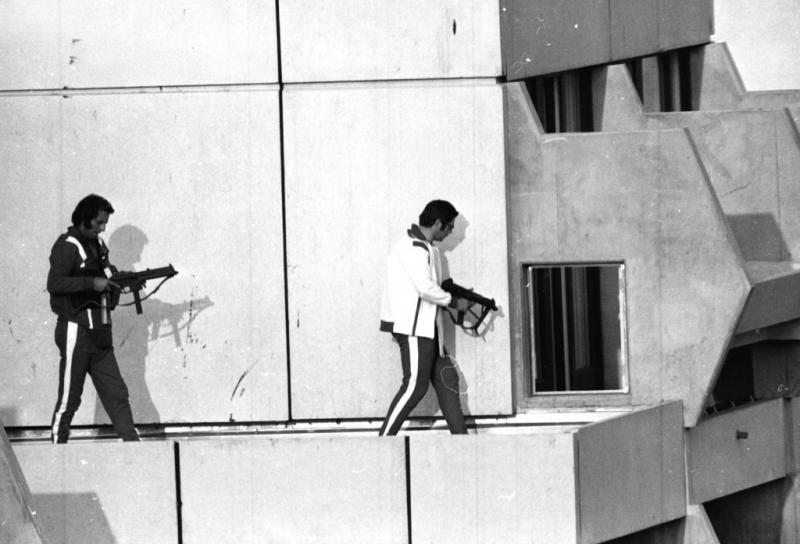
Terror in Munich. Long before 9/11 and the World Trade Centre terrorism showed its ugly face and shocked the world. At the Munich Summer Olympic Games 11 Israeli athletes and one German police officer were killed by Palestinian terrorists, desecrating the peace spirit of the Olympics. It remains one of the most shocking acts of political violence in recent history.
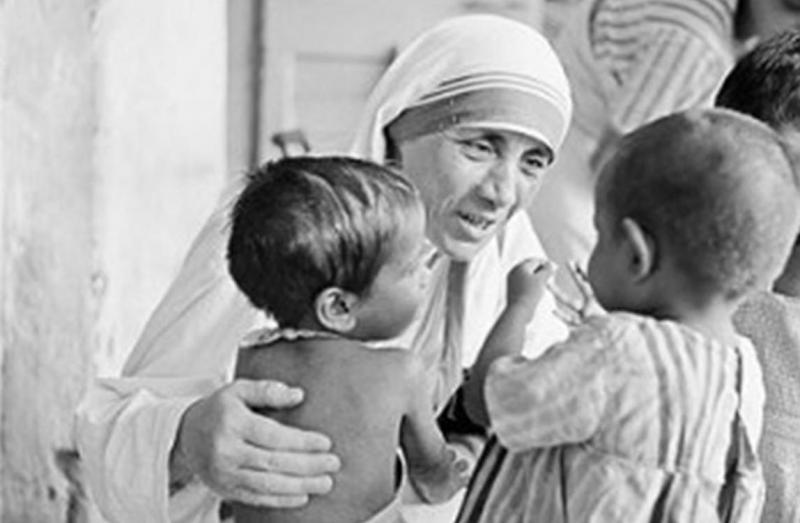
The symbol of selfless good, Mother Teresa gave hope to thousands of people from all around the world. Her message of peace and love was even more powerful because of her personal example. She was considered a modern saint while stile alive – a feat few have achieved in the most cynical century in history.
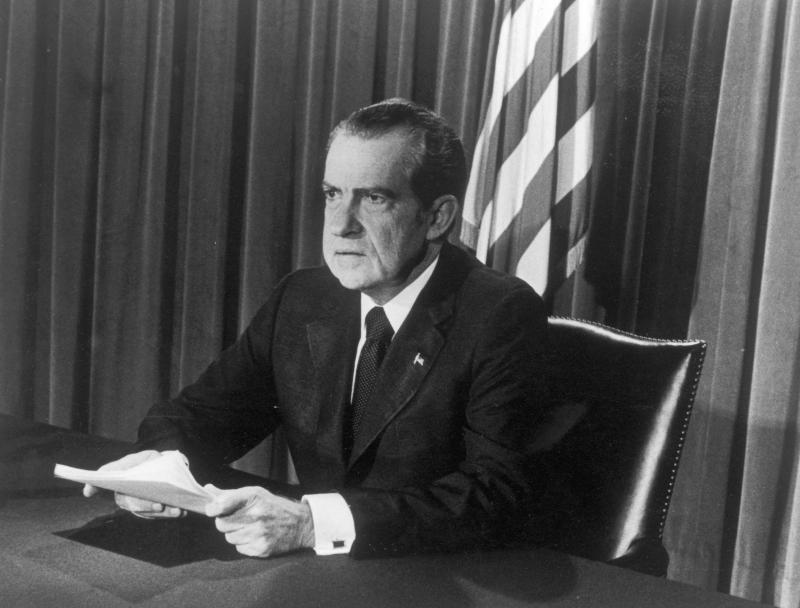
Richard Nixon reads his resignation speech. After the Watergate scandal and a multitude of PR fiascos, Nixon was forced to resign in the face of a growing discontent and disgust among the vast majority of Americans. It is arguably the lowest point of American politics during the XX century.
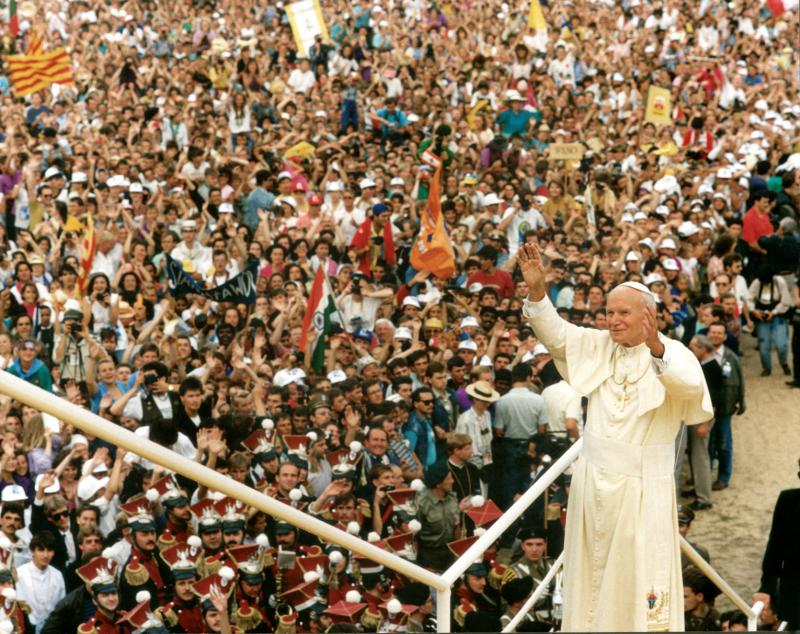
A knife in the heart of communism. Pope John Paul II pilgrimage to his homeland Poland in 1979 turned into a triumphant march for freedom, human rights and a powerful outcry against totalitarism. Millions of people listened to his sermons – each word was a crucial blow against the communist regime.
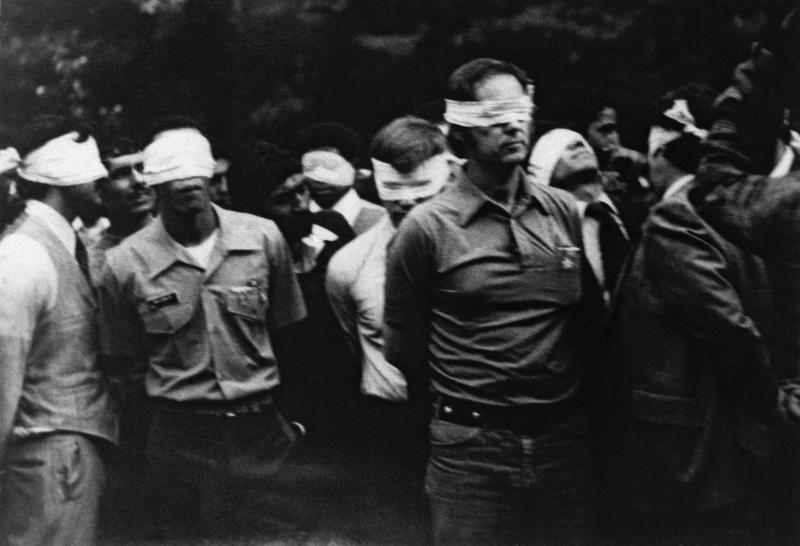
The Tehran hostage crysis. Soon after the revolution in Iran, violence broke in the capital Tehran which finally resulted in the attack against the American Embassy. The United States were seen as the embodiment of evil by the new religious regime, so the taking of the Embassy was just a matter of time. The imprisonment of 52 diplomat for 444 days was one of the most trying and anxious moments in modern diplomatic history. It was almost a miracle none of the hostages died during the crisis.
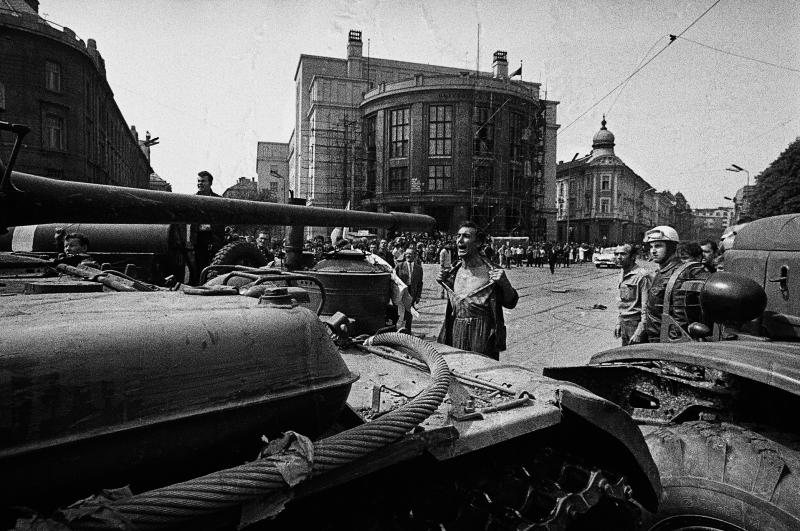
Freedom defeated. The armored divisions of the Warsaw Pact crushed the Prague spring in the summer of 1968, ending the Czechoslovakian experiment in “human-faced” socialism. It was the second time in 15 years that the Soviet Union neglected the national sovereignty of an independent state and showed its true face – that of an opressive totalitarian superpower. It was the beginninng of the end for the Eastern Block.
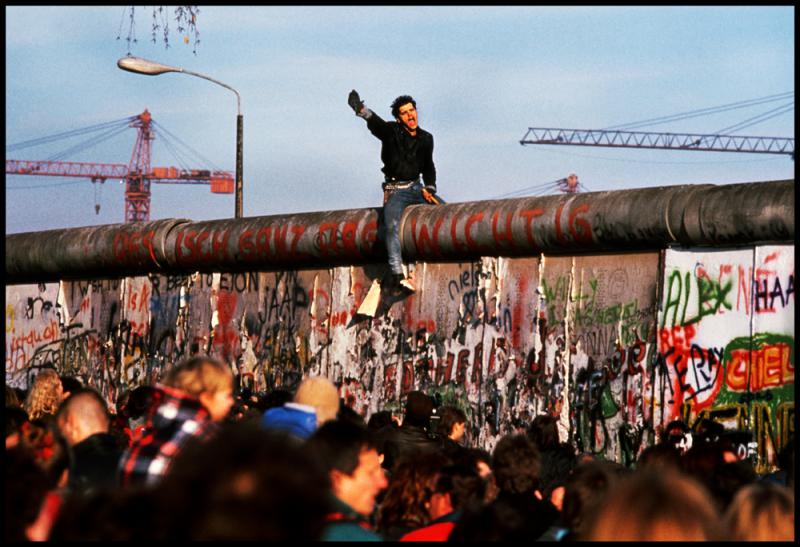
The end of the Cold War. The crumble of the Eastern Block culminated in November 1989 when the people of Berlin said “Enough!” and took over the ugly concrete wall that separated the city in two. It is the last greatly symbolic act of the century.
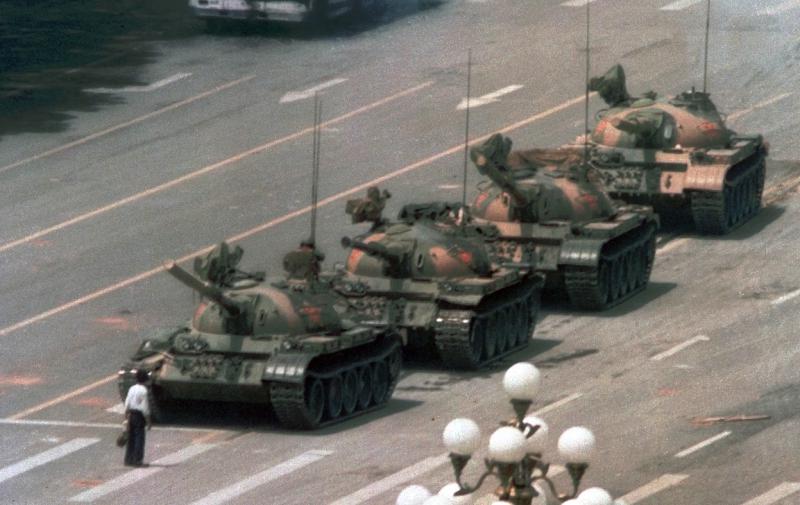
The iconic picture of a single student stopping a line of tanks at the Tiananmen Square, Beijing. The Government used heavily armed troops to clear the capital from the protesting crowds in the night of June 3, inflicting heavy casualties among the civilians. It was a shocking reminder of what an entrenched totalitarian elite could do against its own people.


